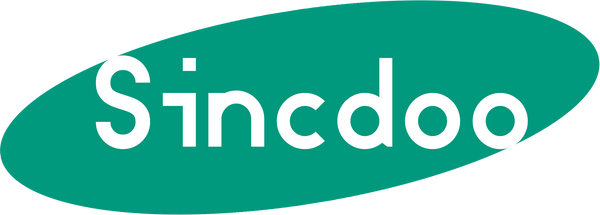PLA nonwoven introduction and application
PLA is a new biodegradable material made from starch derived from renewable plant resources such as corn. Starch raw materials are fermented into polylactic acid through the fermentation process, and then through chemical synthesis, It has good biodegradability. After being used, it can be completely degraded by microorganisms in nature and eventually generate carbon dioxide and water. It does not pollute the environment, and it is very beneficial to protecting the environment.
Advantages of PLA/polylactic acid fiber
PLA/ polylactic acid fiber, as a new type of green fiber, is different from the traditional cellulose fiber and chemical fiber, but has the advantages of the two kinds of fiber:
1、Under the condition of landfill compost, it can be 100% degraded into carbon dioxide and water. The whole PLA fiber processing and use process is low energy consumption, environmentally friendly, and recyclable, which effectively reduces carbon emissions and is environmentally friendly.
2、Natural bacteriostasis, PH5-6, natural weak acid automatically balances the human skin environment, inhibits harmful bacteria reproduction, and maintains human health.
3、Biocompatibility, the monomer of polylactic acid for lactic acid, is a product of human metabolism, non-toxic to the human body, can be completely absorbed by the human body, and is the world-recognized environmental protection material.
4、Extremely low hydrophilic properties, natural hydrophobic, low balance moisture content, low reverse osmosis, and no moisture sense, is the ideal material for Hygiene products.
5、Flame retardant performance, limit oxygen index reached 26, one of the best materials all the flame retardant performance fiber.
6、Easy to wash, save water and electricity.
PLA non-woven application
PLA non-woven fabrics can be widely used in medical, sanitary non-woven fabrics (sanitary napkins, sanitary pads, and disposable sanitary cloth), family decoration non-woven fabrics (handbags, wall cloth, tablecloth, bed sheets, bedspreads, etc.), agricultural non-woven fabrics (such as crop protection cloth, seedling cloth, etc.);
